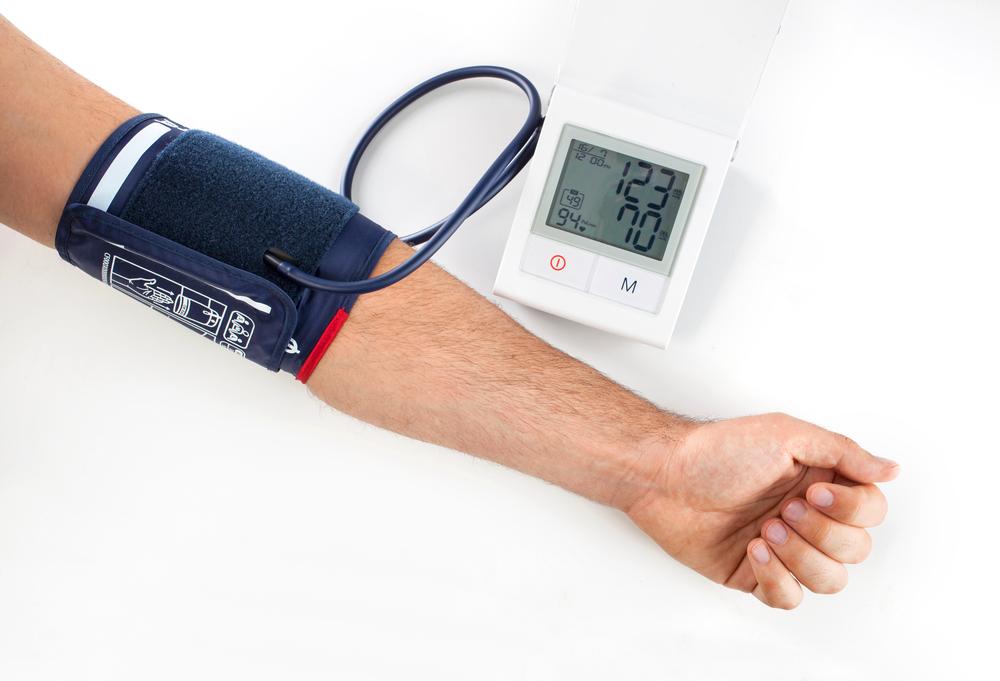Guide to Interpreting Your Blood Pressure Levels
Learn how to accurately interpret your blood pressure readings to maintain heart health. This guide explains the significance of systolic and diastolic numbers, the normal ranges, and practical tips for measuring and monitoring your blood pressure at home or with a healthcare provider. Proper understanding helps in early detection of hypertension or hypotension, aiding timely medical intervention and promoting overall cardiovascular well-being.

Guide to Interpreting Your Blood Pressure Levels
Understanding Your Blood Pressure Readings
The human body operates through a complex system, with the heart playing a vital role in maintaining overall health. Its primary function is to pump blood throughout the body, delivering essential nutrients and oxygen. This process creates pressure within the blood vessels, known as blood pressure. Maintaining this pressure within a healthy range is key to preventing health issues like heart disease.
High or low blood pressure are common concerns. Elevated blood pressure exceeds normal limits, increasing cardiovascular risks, while lower than normal pressure can cause dizziness or fainting. Monitoring and managing blood pressure are crucial for long-term wellness.
Keeping your blood pressure within a safe range helps prevent strokes, heart attacks, and other serious health conditions. Alongside medication, lifestyle practices such as regular exercise and a balanced diet are essential in maintaining optimal blood pressure levels. Understanding how to read your blood pressure readings empowers you to assess your heart's health independently.
Let’s first review what the numbers in blood pressure readings represent.
Blood Pressure Readings
A blood pressure measurement consists of two figures displayed together. The top number, called systolic pressure, indicates the maximum pressure in your arteries as the heart beats. The bottom number, diastolic pressure, measures the pressure when the heart rests between beats. Both are vital in determining your cardiovascular health.
Normal and Abnormal Ranges
Blood pressure categories are classified based on these readings. The key ranges include:
Over 140 systolic: Signifies hypertension requiring immediate medical attention.
Over 90 diastolic: Also indicates high blood pressure needing prompt care.
Below 90 systolic: Reflects low blood pressure or hypotension.
Below 60 diastolic: Indicates low blood pressure that may cause symptoms like dizziness.
Blood Pressure Classifications
Broadly, blood pressure levels fall into four categories:
Less than or equal to 90/60: Low blood pressure; seek medical advice.
Between 90/60 and 120/80: Ideal healthy range; maintain a healthy lifestyle.
Between 120/80 and 140/90: Slightly elevated; lifestyle adjustments recommended.
140/90 and above: High blood pressure; medical intervention may be necessary.
How to Measure Blood Pressure
Wrap a sphygmomanometer around your upper arm, ensuring the cuff is 1 inch above the elbow crease.
Place the stethoscope’s bell lightly over the brachial artery below the cuff.
Inflate the cuff to 180 mmHg, then slowly release pressure at about 3 mmHg per second.
Listen for the first sound (Korotkoff) indicating systolic pressure and note the reading. Continue to listen until the sound disappears, which marks diastolic pressure.
Repeat on the other arm for accuracy, comparing readings and noting any significant differences.
For more precise results, wait 1-2 minutes between measurements. Comparing your readings with standardized blood pressure charts helps monitor your health. If DIY measurement feels complex, consult a healthcare provider for professional assessment.
Note:
The information on this site covers various health topics, offering valuable guidance based on research. However, it should not replace professional medical advice. The content is for informational purposes only, and users should verify details with healthcare professionals. The site may not include all available health schemes or updates, so always seek personalized medical consultation.










